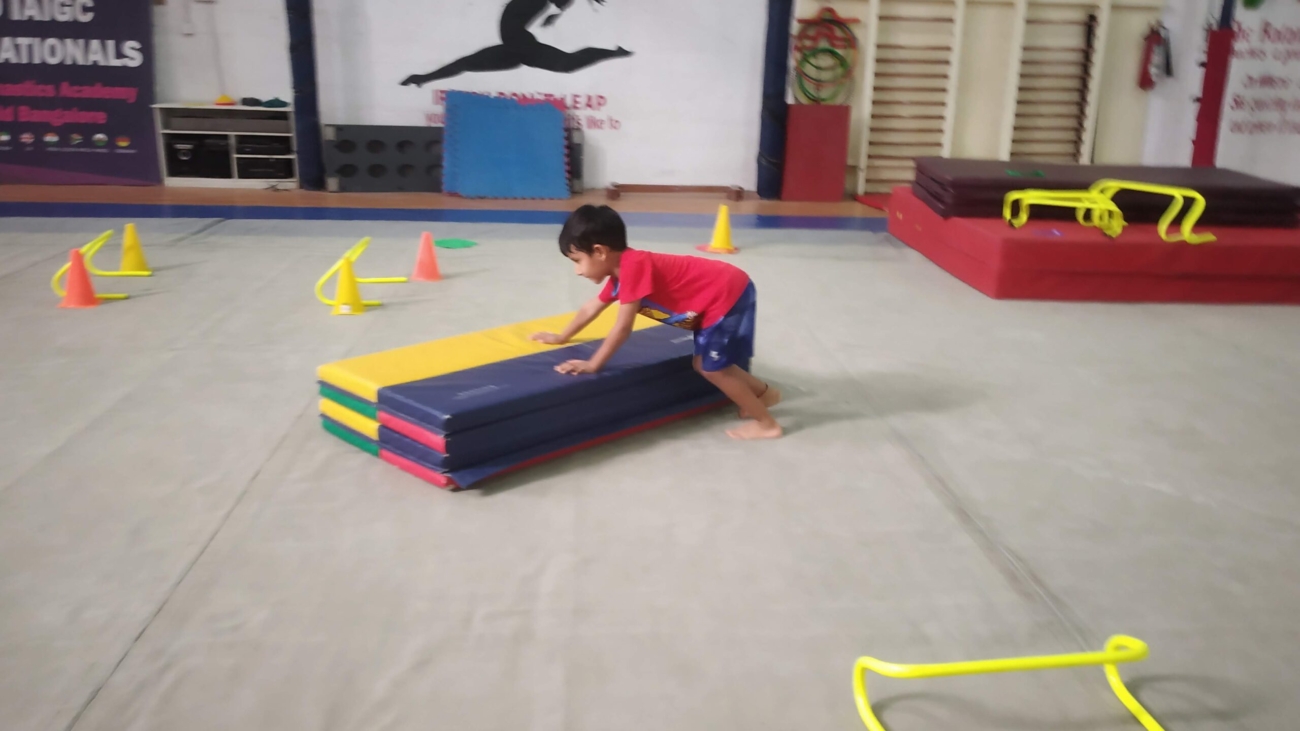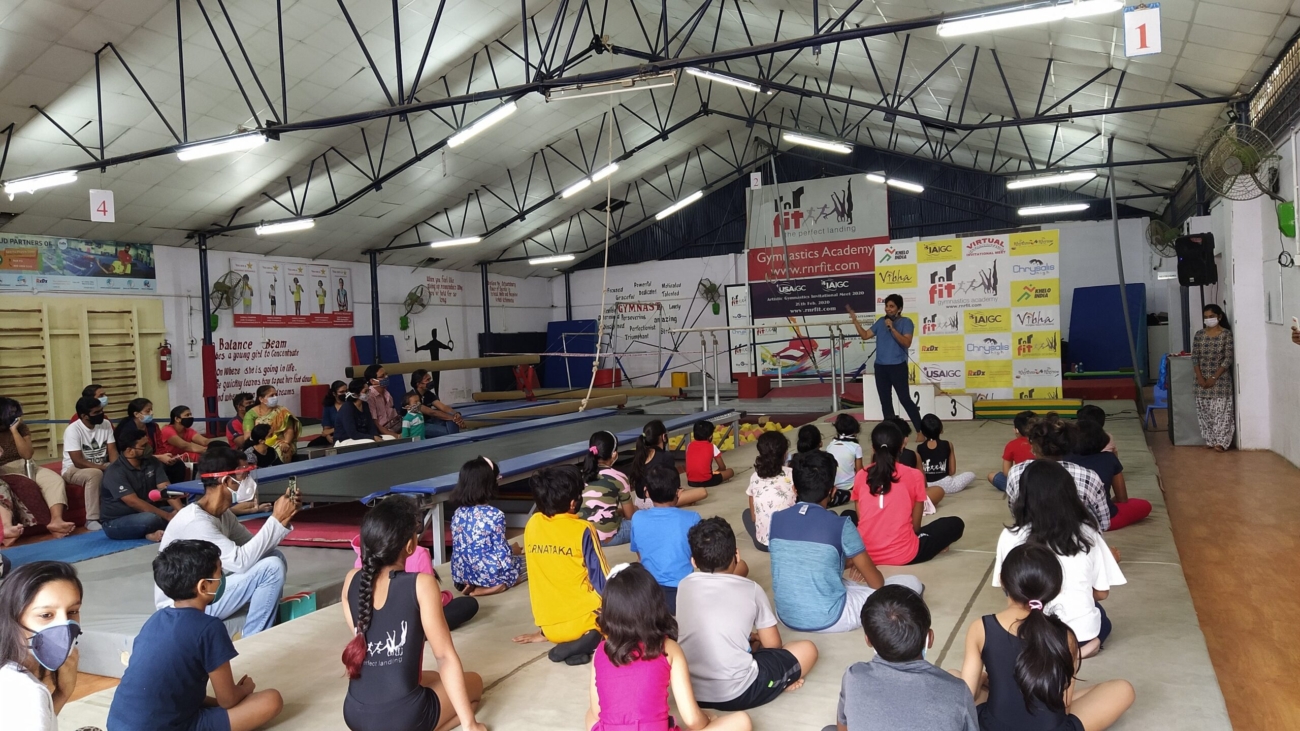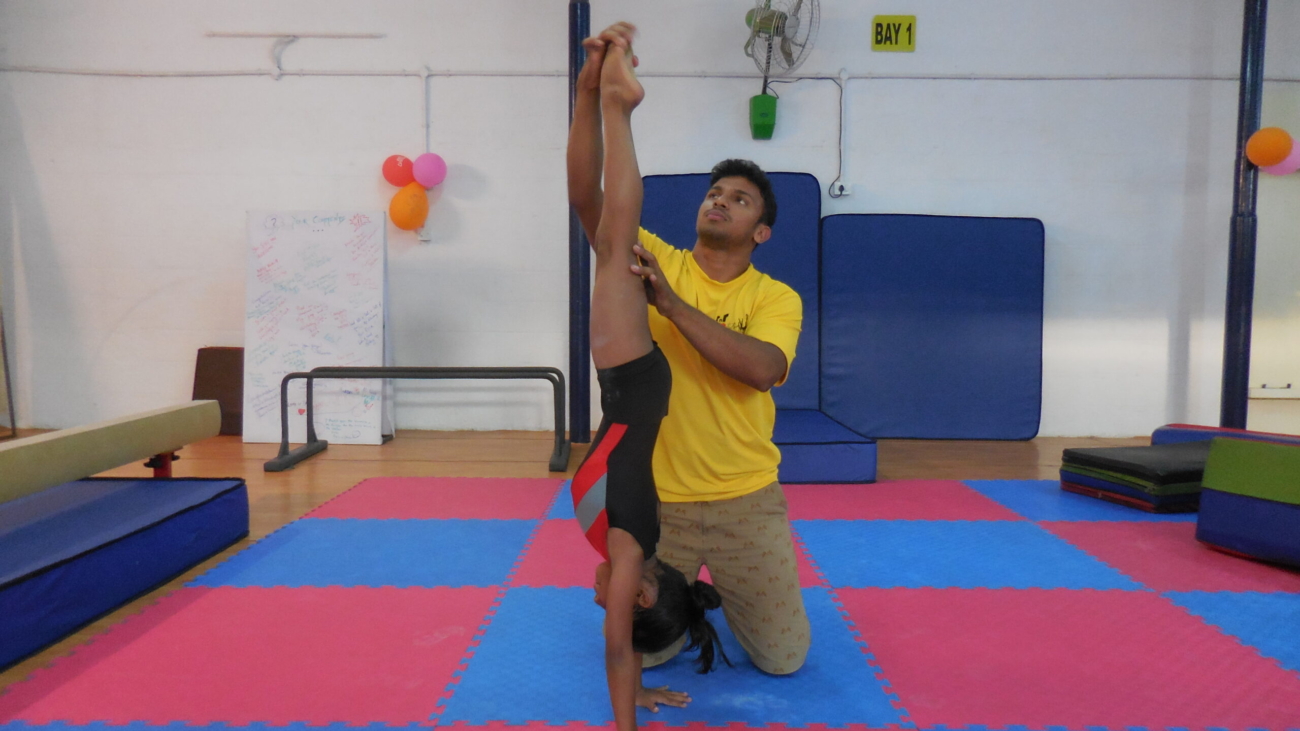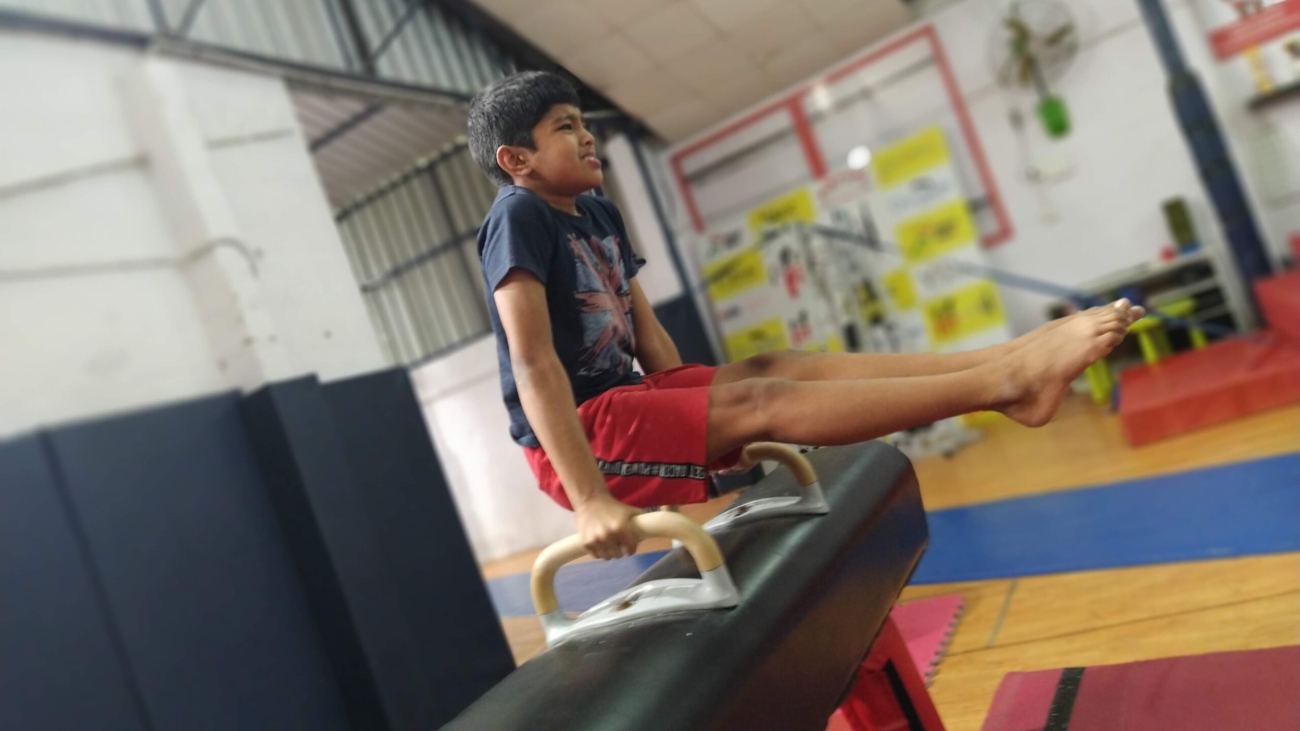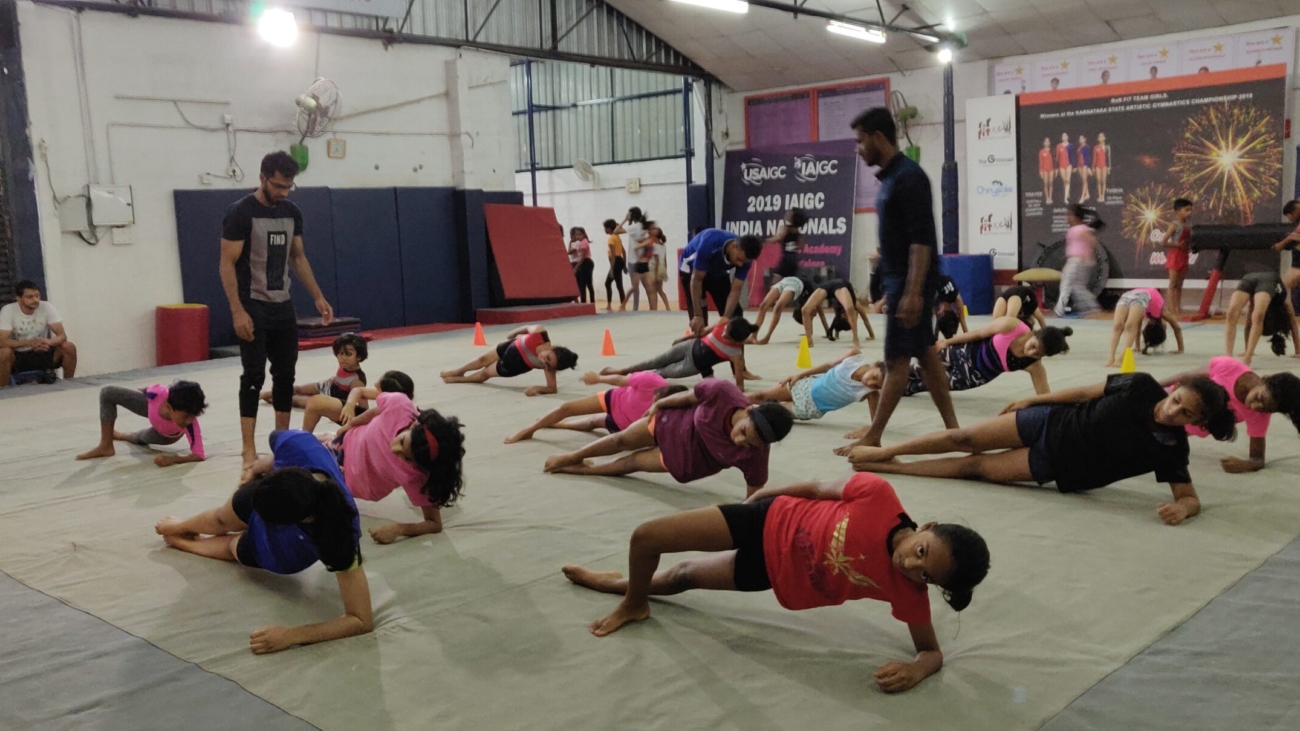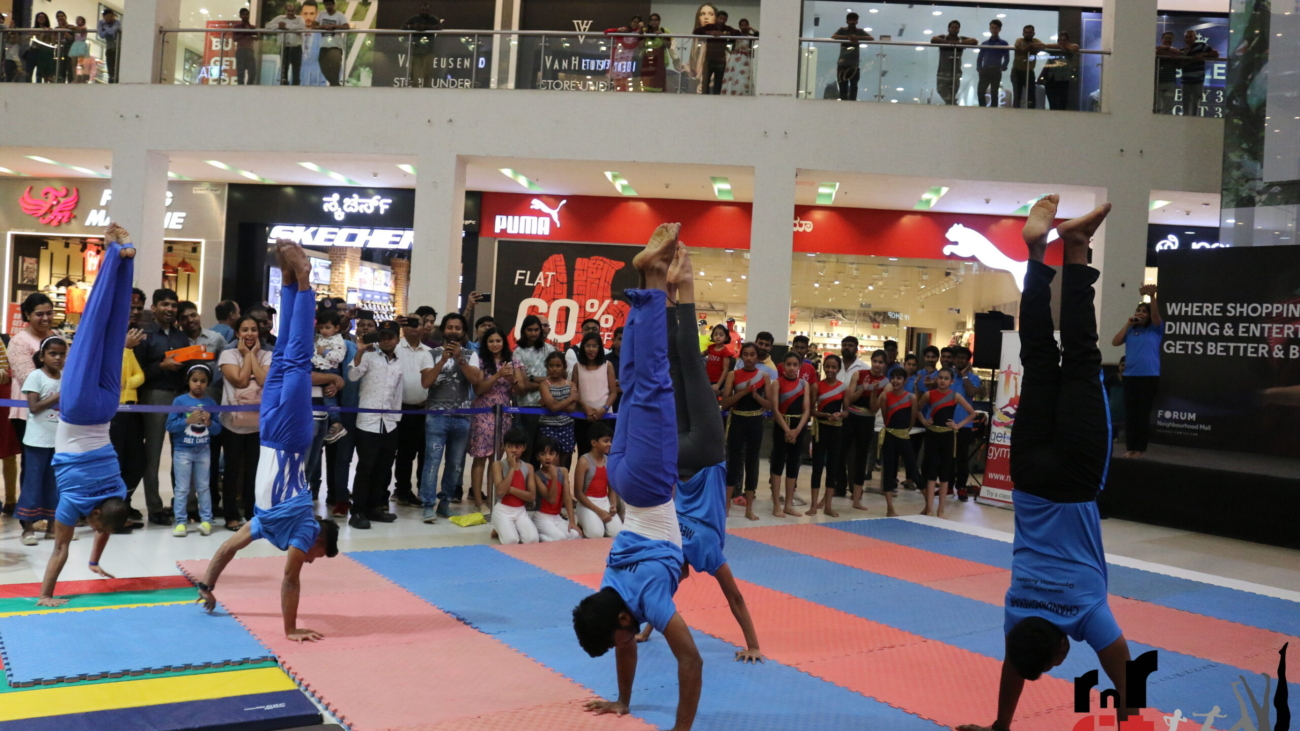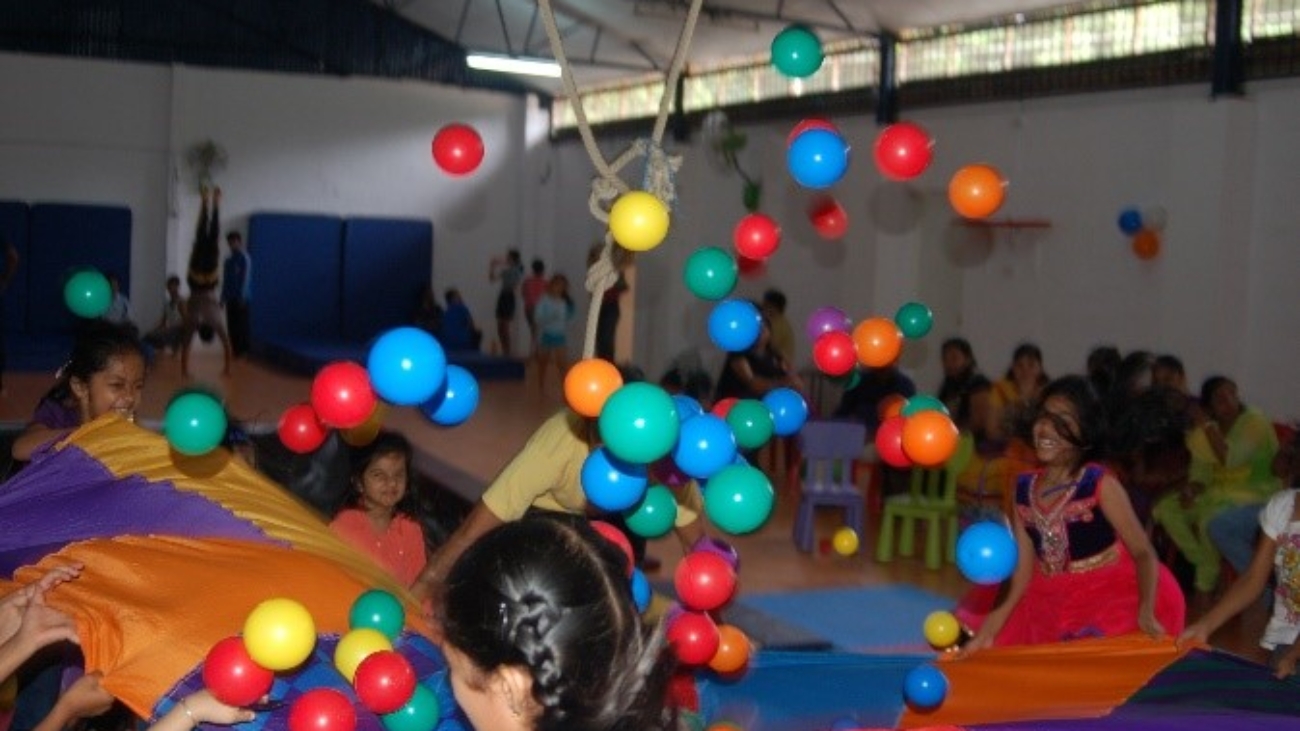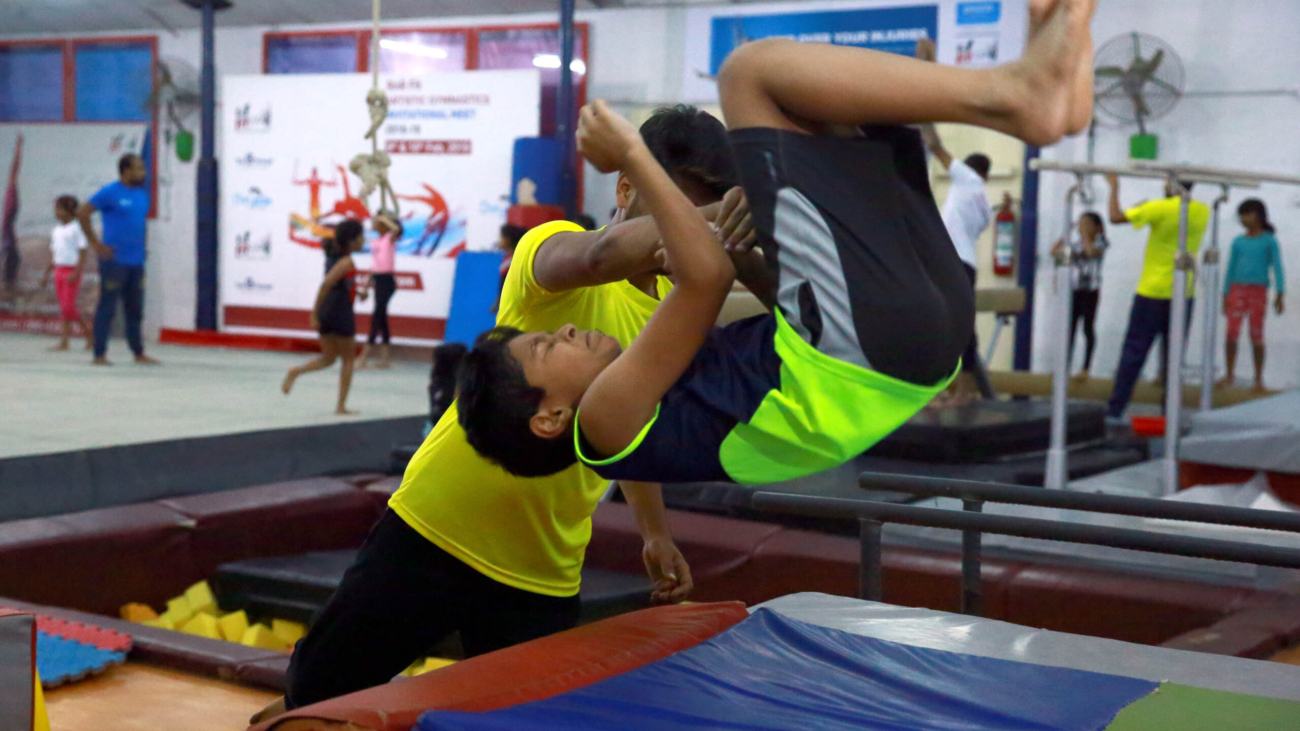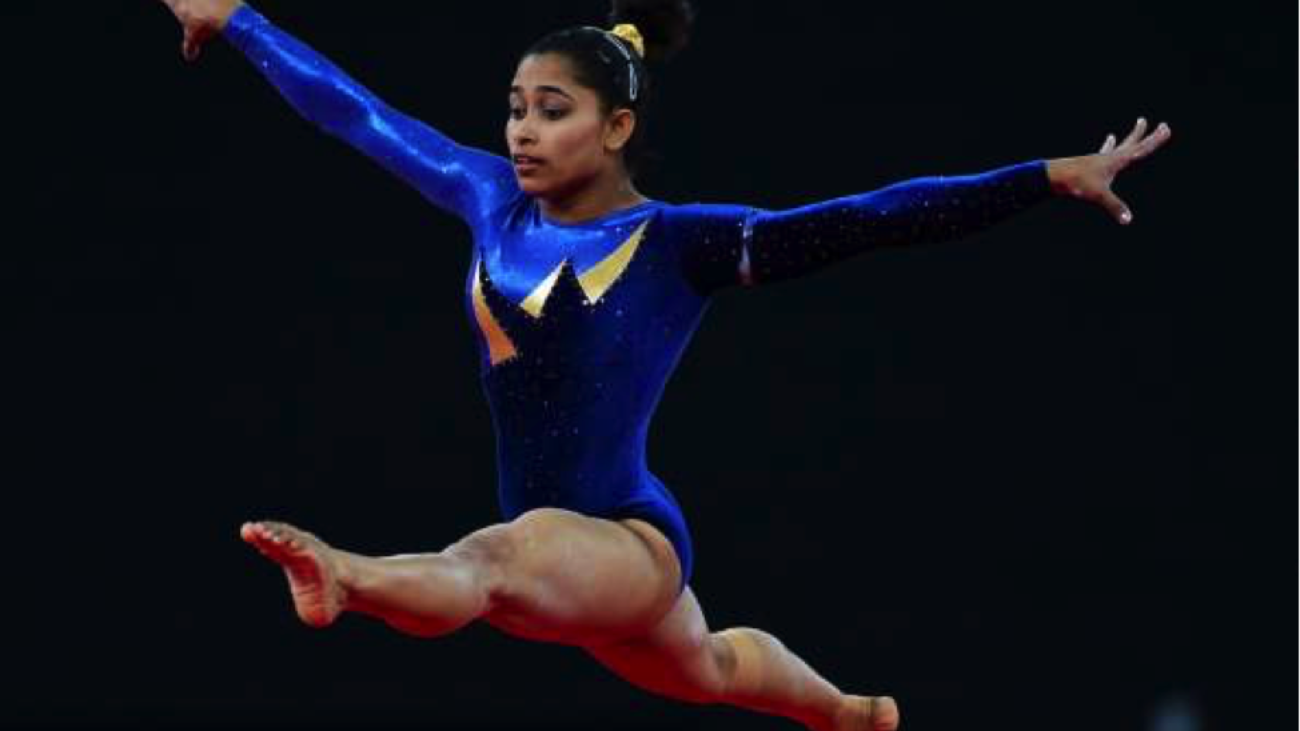One might wonder, what benefits a child with autism can derive from gymnastics? Will a child with autism be able to adapt and learn at a gymnastics studio? Will the size and range of equipment intimidate the child? Can a child with autism develop social skills and higher self-esteem through gymnastics? These are only a few questions that are probably racing through the minds of parents. We sincerely hope that this article will address some of these questions and help understand how gymnastics can bring positive changes in an autistic child’s life.
The community in which a child with special needs grows up in sometimes does not provide all of the necessary tools in one location that he/she needs to develop to the best of his/her ability. This leaves the child to piece together each skill from different settings.Children with ASD usually thrive in a highly structured and organized environment. Autistic children need a differentiated approach to learning as each child’s need is unique. Also kids with autism need space and time to learn any skill effectively. Gymnastics provides an environment where most of these elements can be found. Gymnastics is a highly organised and structured activity which can easily be broken down to incorporate the learning needs of a child with ASD. Further, all the elements in gymnastics such as the balance beam, parallel bars etc can be used very effectively to benefit kids with autism.
Gymnastics offers a network filled with opportunities to foster a child with special needs’ cognition, motor skills, self-esteem, and social skills.Gymnastics provides a sensory-rich environment while simultaneously using physical exercise to develop fine and gross motor skills in children with ASD. Gross motor skills and fine motor skills are developed through gymnastics such as running and jumping on the springboard into the foam pit, climbing a rope, and learning how to balance on a beam, strength training on parallel bars etc.To elaborate further it is known that training on parallel bars develop focus and higher level of concentration. This in turn, over a period of time, develops flexibility and co-ordination in the body, and ultimately leads to higher self-esteem for children with special needs.
Kids with ASD have the opportunity to develop the vestibular system and increase spatial awareness through various connections that the brain is building when performing routines on different apparatus used in gymnastics.
As children with ASD continue to develop their social skills, they transition from home to school settings and other environments such as the Gym or parks etc., where they begin to experience a wide range of opportunities to communicate. All of these interactions will have a substantial impact on the language and speech development of each child with ASD. Interaction with other teammates and coaches allows for increased appropriate use of paralinguistic behaviours such as taking turns, listening and following directions, making verbal requests, and making eye contact with peers.
Gymnastics gives children with ASD an opportunity to experience the joys of success through their individual achievements, or from the success of their teammates. This can improve their self-esteem immensely.Moving therapy to the gym could provide immeasurable opportunities for children with ASD, and promote generalization of learned skills to his/her natural environment. For example: the simple behaviour of taking turns while learning gymnastics will help the child to wait patiently in a line at a grocery store with mom.
To sum it up, gymnastics is a hands-on sport which is beneficial for children with special needs. The sport allows children to improve cognition by uncovering strengths that cannot necessarily be addressed in a classroom setting. Gymnastics is a structured sport which has a framework that entails rules, independent thinking, decision making skills, self-monitoring, organization, and commitment. This framework creates an atmosphere that stimulates the brain to continue to absorb new information and organize information accordingly.
At RnR Fit we strive to include kids with autism into a program designed specifically for them keeping in mind their various strengths and weaknesses. The session is fun yet engaging. It allows kids to learn at their own pace with instructors who have the knowledge and skill to engage with them effectively. The student to instructor ratio is also kept at an optimal level. The program allows the child to explore the environment and get the maximum benefit that gymnastics has to offer them.
We urge you to drop into our Gymnastics studio located on Varthur main Road for a free trial class and decide for yourself or call us today @ 080 43027373 or 9632961700.

